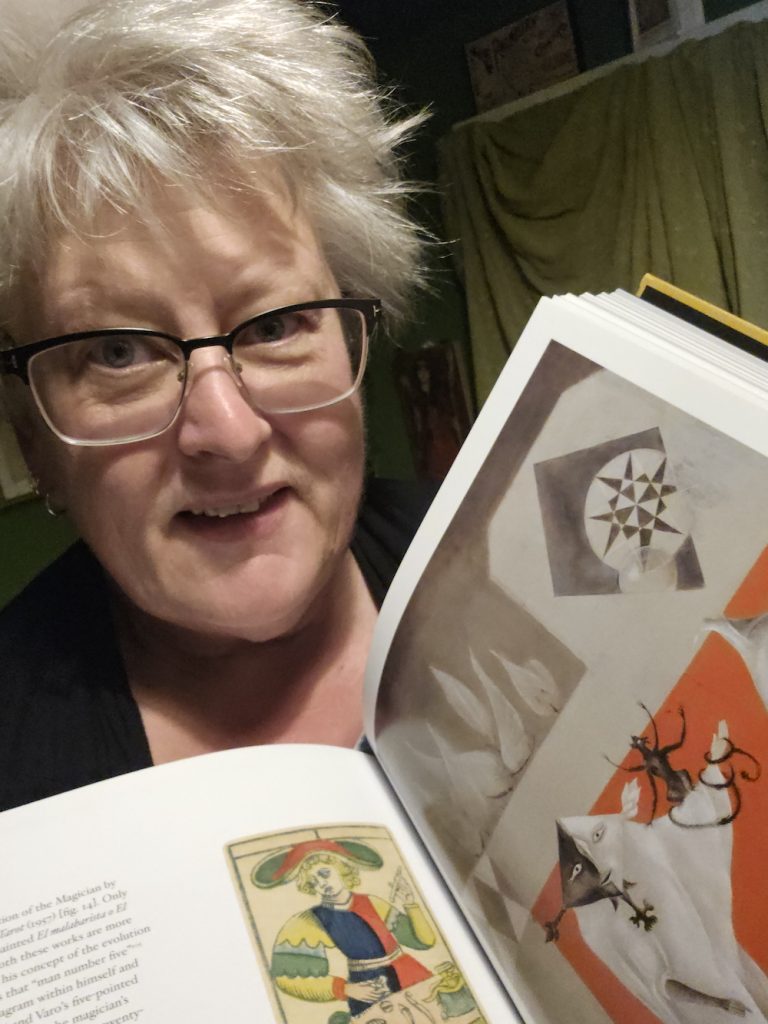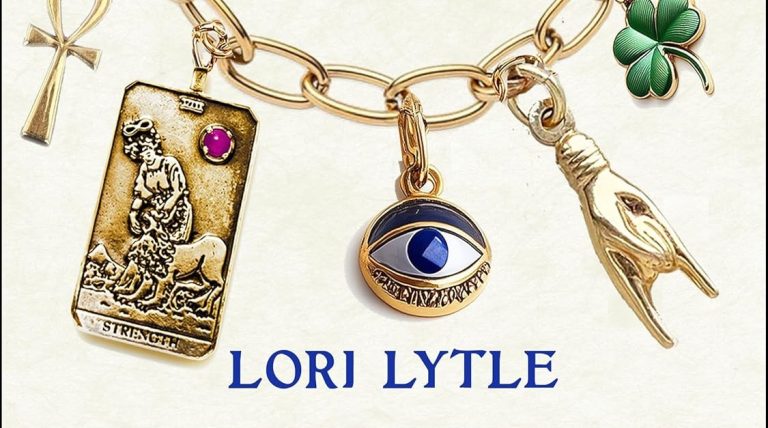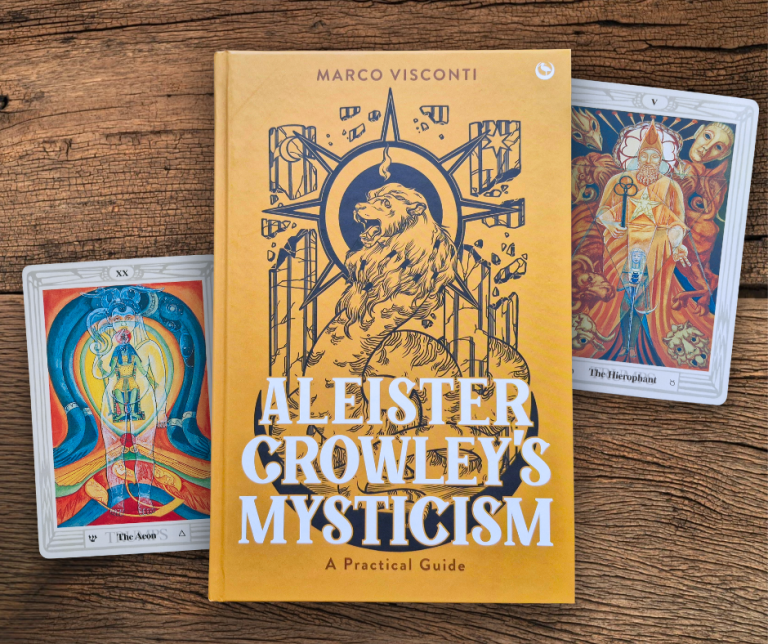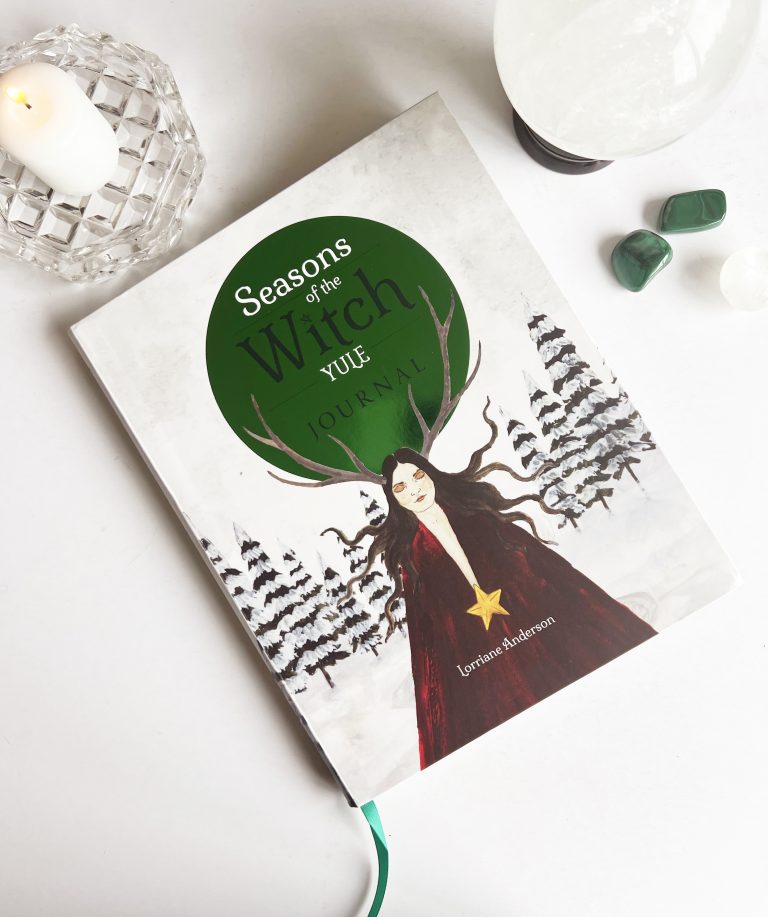
My path with tarot is like most of my life paths: circling, recrossing, backtracking, wandering, and, to most observers, looking as if I am completely lost. I got my first tarot deck in the 80s. I had heard you weren’t supposed to buy one for yourself (oh, the power of that myth) but I figured if I used a gift certificate to buy one that would count. For reasons that became clear to me later, my hand moved to pick up the Vandenborre Bacchus eighteenth-century tarot (Carta Mundi 1983). I didn’t really know anything about the cards but soon read and re-read my Little White Book until I felt as if I knew something.
I mostly read for myself, even more so when I happened upon the Way of Cartouche Egyptian deck (Martin Jones and Murray Hope 1983), which only ever worked for me. It took a few years before I even tried reading for other people. Oddly enough, it was when I held the job of Graduate Affairs Advisor in a Chemistry department that I started reading for a bunch of people, just for fun.
At first it was, anyway.
I was lucky to have a boss, who gave me a lot of latitude and duties that did not really take up all of my time, though it was my first ‘grown-up’ job. People (not all students) would drop by and, oh so casually, ask whether I could read their cards. I generally just drew from the Major Arcana in the interests of time – but then I began to feel uncomfortable. At first, I wasn’t able to articulate why, until our American Chemistry Society coordinator asked me one day, ‘Do you know how many people won’t make a move until they consult your cards?’
I stopped reading for a long time after that. Sometimes I would read for myself, but it took a while to feel comfortable again about reading cards for others. I wasn’t good at maintaining my boundaries back then. I had a lot to learn.
In my thirties, I went to grad school. One of my first and lasting friends turned out to also have a tarot deck, and we read for each other. It was the 90s, and witchcraft in general was having a buoyant spell after the ugliness of the Satanic Panic in the 80s. I ended up getting interested in medieval magic as my studies progressed, a fascination which continues to this day. I started reading a lot of tarot-influenced fiction as well (my fave: William Gresham’s Nightmare Alley). I also started collecting far too many decks.
I shifted to a new path when I discovered the Surrealists were also big fans of tarot. My obsession with magical artists Leonora Carrington, Remedios Varo, and Leonor Fini gave me a new appreciation of art as magic, especially after Carrington’s own Major Arcana were discovered by Tere Arcq and Susan Aberth in 2020.
All of this has brought me back to tarot in a big way, with a new focus on the history of tarot, as well. I recently translated an early 19th century tarot guide The Art of Reading the Cards and Tarot by Aldegonde Pérenna, the Polish Sybil that demonstrates Etteilla’s influence and how people started almost immediately riffing on his careful studies with their own obsessions.
Tarot is such a rich tradition. There is so much to discover and create!





0 Comments